Optimal Seasons for Cedar Shingle Repairs
Cedar shingle siding repairs are most effectively performed during specific seasons to ensure optimal results. The ideal time depends on climate conditions, temperature, and humidity levels, which influence the material's ability to dry and adhere properly. Typically, late spring through early fall offers the most suitable weather for repairs, with moderate temperatures and lower chances of precipitation.
Spring provides mild temperatures and increased daylight, making it a favorable period for cedar siding repairs. Repair work during this season allows for proper drying and reduces the risk of damage from moisture.
Summer offers warm weather and longer days, which can accelerate drying times. However, high humidity and heat may pose challenges, so repairs should be scheduled during cooler parts of the day.
Autumn is another optimal time, with cooler temperatures and lower humidity levels. It allows for repairs before winter weather sets in, helping to prevent further damage.
Winter is generally unsuitable for cedar shingle repairs due to freezing temperatures, snow, and moisture. Repairs during this time can lead to improper adhesion and additional issues.

Ways to make Cedar Shingle Siding Repairs work in tight or awkward layouts.
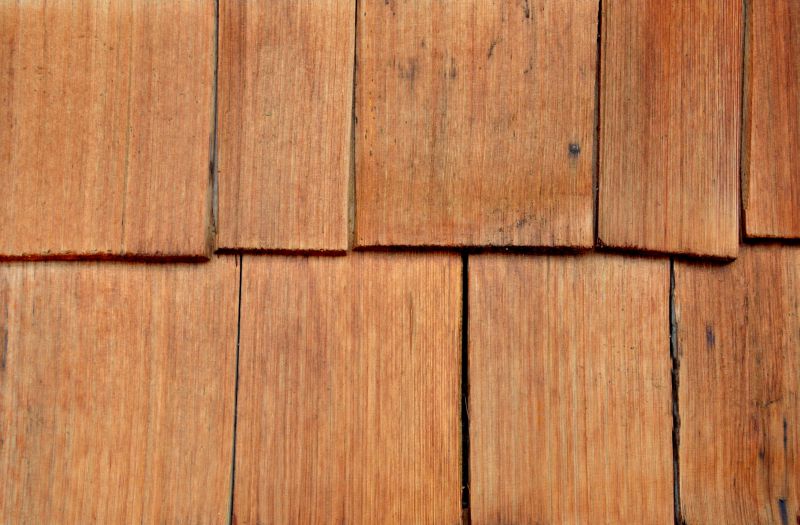
Popular materials for Cedar Shingle Siding Repairs and why they hold up over time.
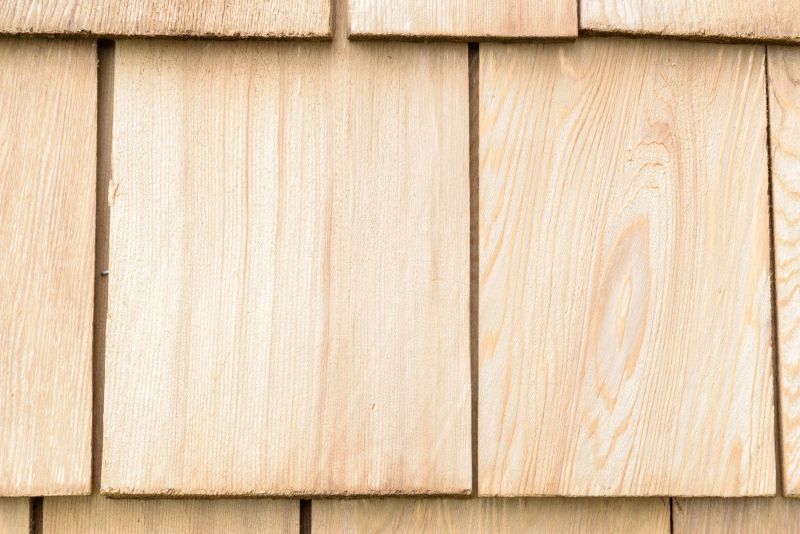
Simple add-ons that improve Cedar Shingle Siding Repairs without blowing the budget.
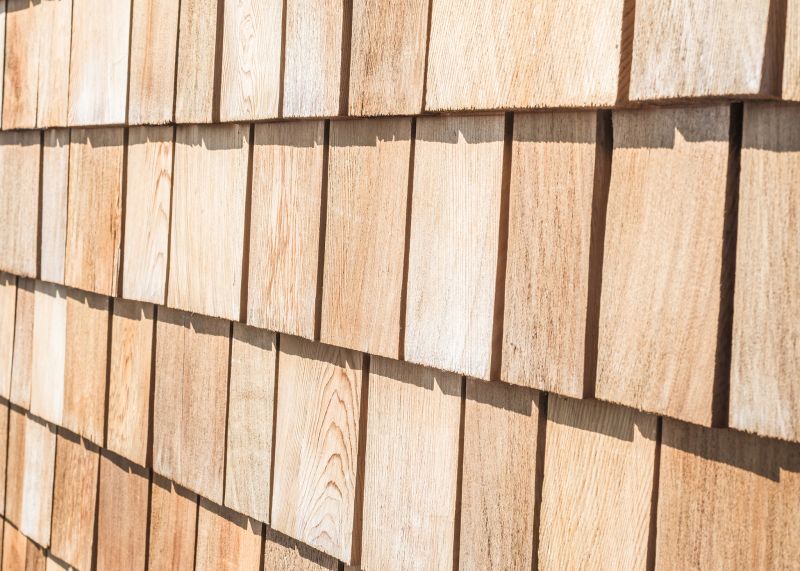
High-end options that actually feel worth it for Cedar Shingle Siding Repairs.
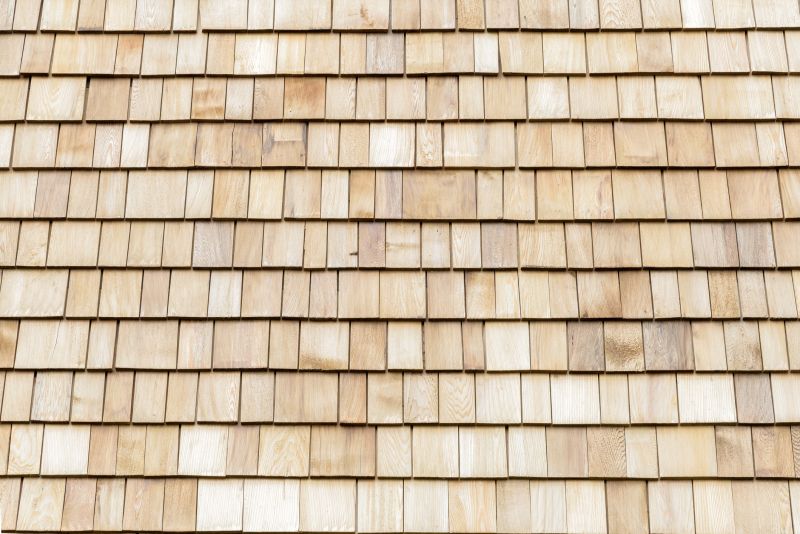
Finishes and colors that play nicely with Cedar Shingle Siding Repairs.
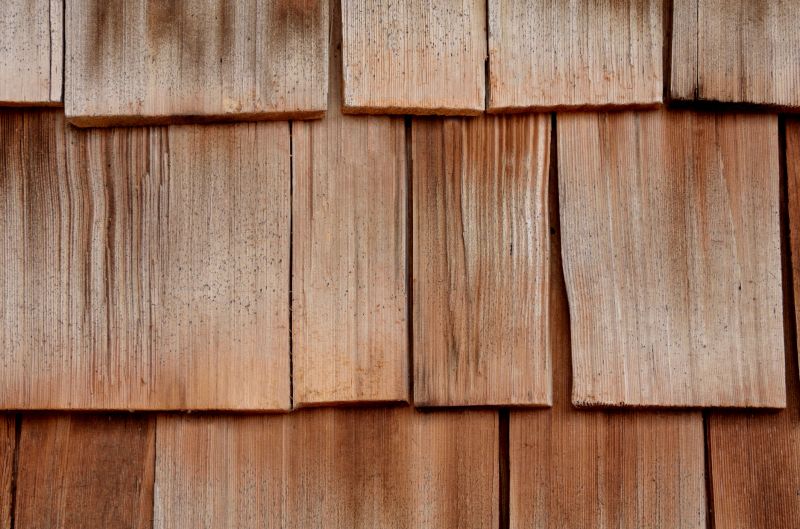
Little measurements that prevent headaches on Cedar Shingle Siding Repairs day.
| Season | Optimal Conditions |
|---|---|
| Spring | Moderate temperatures, low humidity, increased daylight |
| Summer | Warm weather, longer days, avoid peak heat hours |
| Autumn | Cooler temperatures, lower humidity, before winter |
| Winter | Freezing temperatures, snow, high moisture levels |
Cedar shingle siding repairs require careful timing to ensure durability and proper adhesion of materials. The best seasons typically feature moderate weather conditions, which help prevent issues such as warping, cracking, or improper sealing. Proper timing also minimizes the risk of moisture intrusion, which can lead to further damage or mold growth. Statistics show that repairs conducted during optimal weather conditions tend to last longer and require fewer follow-up interventions.
Understanding seasonal impacts on cedar siding can improve repair outcomes. For instance, moisture levels and temperature fluctuations significantly influence the effectiveness of repairs. Planning repairs during suitable weather windows can reduce costs and extend the lifespan of the siding, ensuring the structure remains protected and visually appealing.
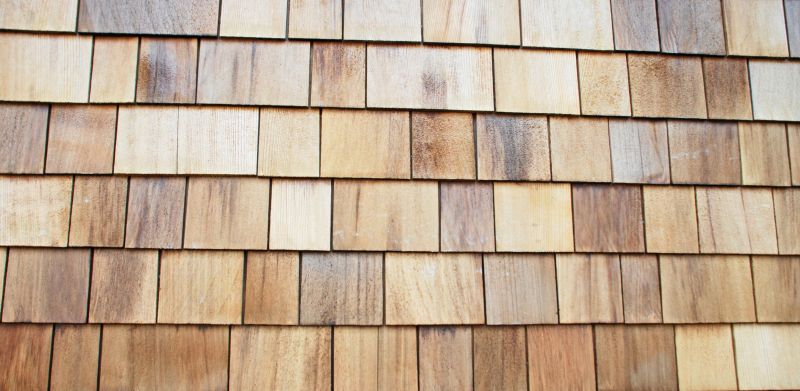
A 60-second routine that keeps Cedar Shingle Siding Repairs looking new.
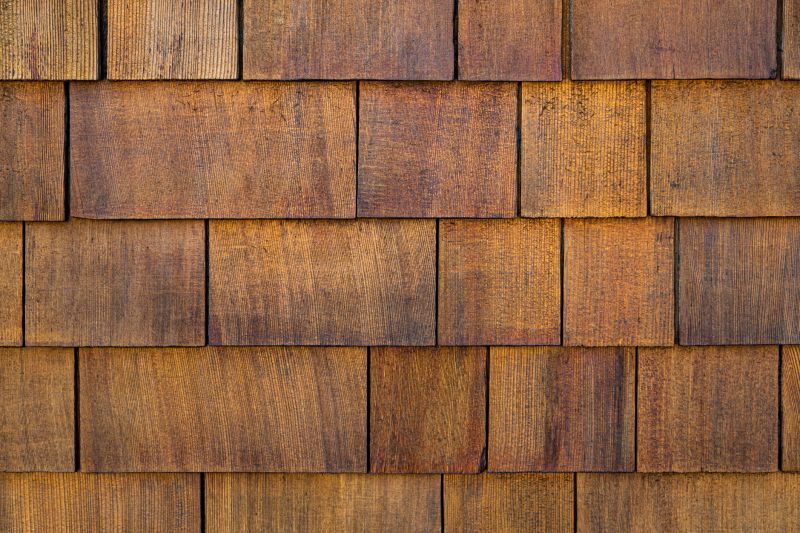
A frequent mistake in Cedar Shingle Siding Repairs and how to dodge it.

Small tweaks to make Cedar Shingle Siding Repairs safer and easier to use.

Lower-waste or water-saving choices for Cedar Shingle Siding Repairs.

The short, realistic tool list for quality Cedar Shingle Siding Repairs.

Rough timing from prep to clean-up for Cedar Shingle Siding Repairs.

Quick checks and paperwork to keep after Cedar Shingle Siding Repairs.

Examples that show the impact a good Cedar Shingle Siding Repairs can make.

Ways to make Cedar Shingle Siding Repairs work in tight or awkward layouts.

Ways to make Cedar Shingle Siding Repairs work in tight or awkward layouts.
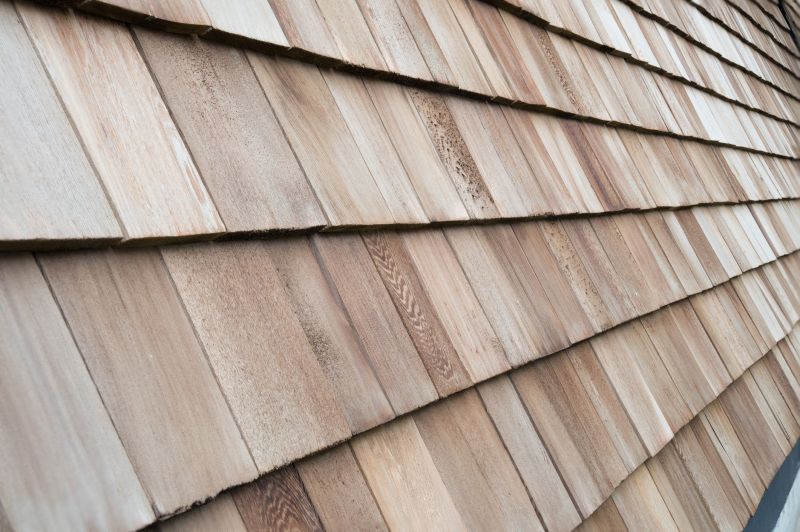
Ways to make Cedar Shingle Siding Repairs work in tight or awkward layouts.
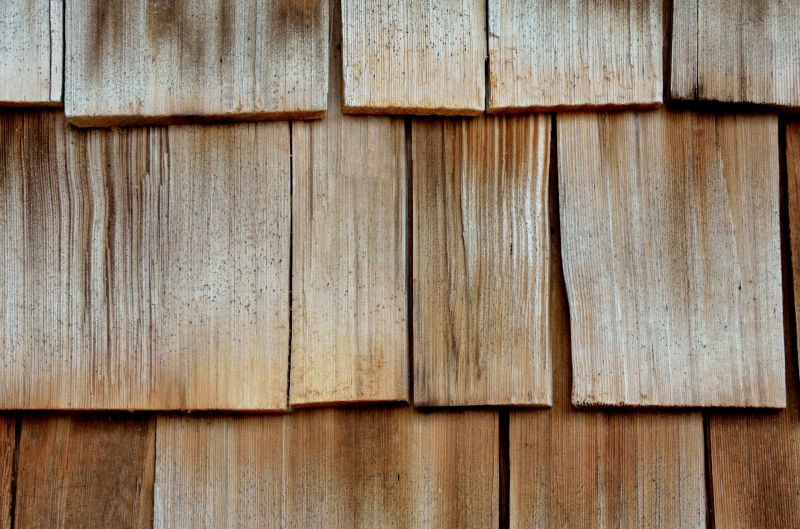
Ways to make Cedar Shingle Siding Repairs work in tight or awkward layouts.
Those interested in Cedar Shingle Siding Repairs are encouraged to contact for more information or to schedule an assessment. Proper timing and professional guidance can ensure the longevity and aesthetic appeal of cedar siding, safeguarding the structure from future damage and maintaining its value.
